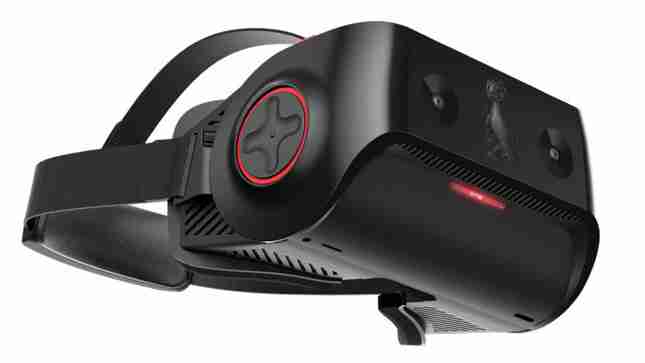Getting into VR is a damn costly proposition.

First, you’ve got to get a headset. The HTC Vive costs an eye-watering $799, and the Oculus isn’t much better at $599. Then you’ve got to get a computer with a meaty-enough graphics card and oodles or RAM, just to power the headset you just bought. Then, you’ve got to buy the software you intend to run on it.
Which is why I’m really excited about Qualcomm’s new standalone virtual reality reference platform, called the VR820. As the name implies, this uses its widely-used Snapdragon 820 SoC to power an eyetracker, a six-axis motion tracker, and a pair of AMOLED displays which clock up to 1440 x 1440 pixels.
This is a higher resolution than that offered by the Oculus Rift and HTC Vive, although it runs at a slower 70Hz refresh rate, rather than the 90Hz offered by the aforementioned headsets.
Qualcomm hopes that other third-party manufacturers will use the VR820 as a starting-point to create their own VR headsets, in turn saving on R&D costs. This is a strategy that it used successfully in the smartphone business, with many of the sub-$200 handsets flooding out of Shenzhen actually being based on Qualcomm’ reference models.
The VR820 will be available at the end of the year, with commercial devices due to follow shortly after in 2017. Qualcomm notes that the cost will be similar to “higher-performance tablets”, which can cost anywhere from $300 to $500.
It also puts it within range of the smartphone-based VR solutions that exist, including Gear VR and Google’s Cardboard, both of which depend on having a compatible smartphone
While Qualcomm admits that it hasn’t got any partners onboard so far, this could be the catalyst that makes VR accessible for those with lighter pockets.